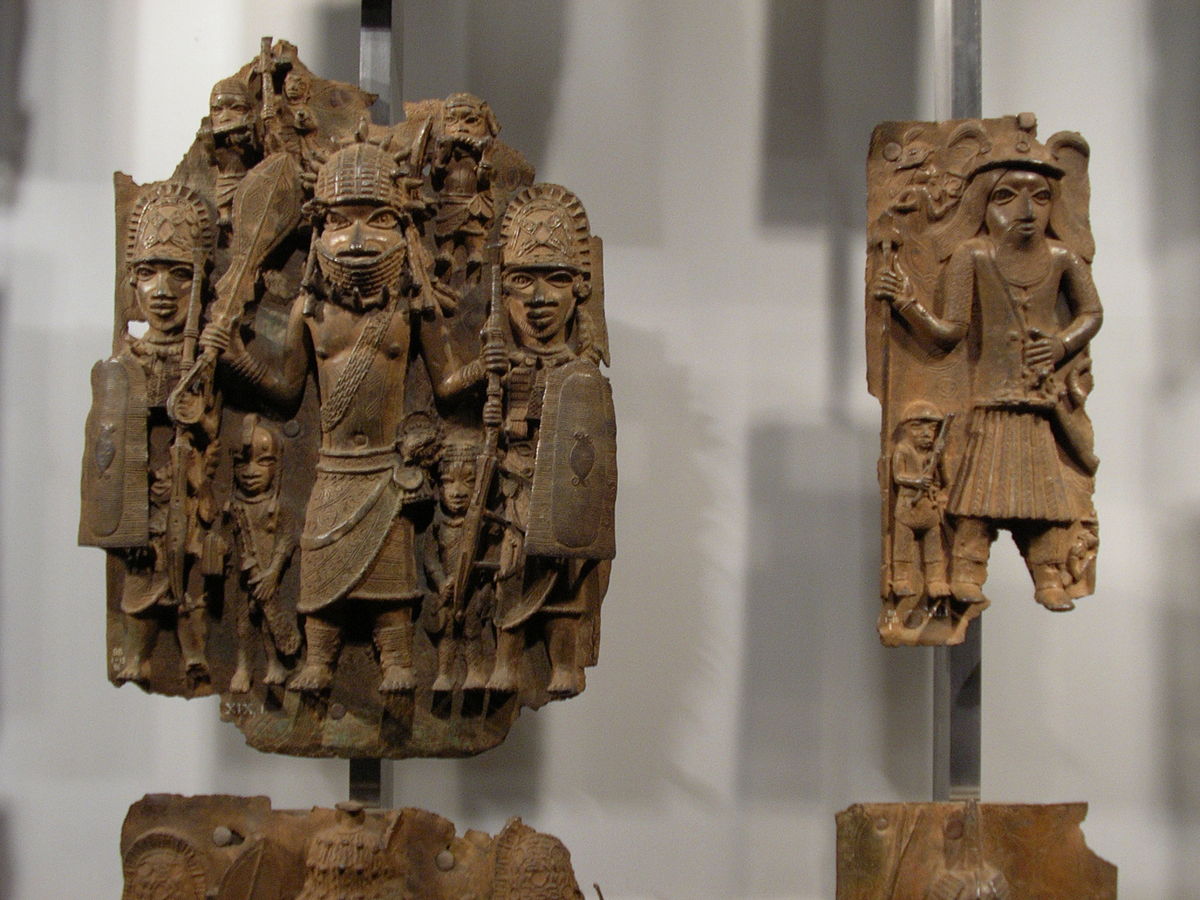Cambridge’s return of Benin Bronzes represents a small step in mending its colonial history
After much pressure from international communities, the University of Cambridge curators discovered 116 Benin Bronzes looted by the British empire. These were hence reclaimed, with some of the artefacts having an estimated value of up to $1.5 million at auction. This large set follows many Bronzes that have seen a return to the lands they were stolen from, frequently from universities and museums. Furthermore, these artefacts are estimated to be 600 years old and hold particular significance to the history of Nigerian artwork in the 15th-18th centuries. This reclaiming of the Benin Bronzes is necessary to restore relationships between colonisers and colonised nations and mitigate the colonial legacy’s effects.
We cannot deny that the University of Cambridge has benefitted in significant ways from colonialism
The University of Cambridge claims there is significant evidence that Benin Bronzes came into the possession of the university after the expedition of 1897. This expedition culminated in the colonisation of Nigeria and saw 3,000-5,000 Benin Bronzes stolen by the British empire. 900 objects were looted and added to the collection of the British Museum and gained by the university as gifts in 1905 ‘by the father of a student.’ Subsequently, Benins were stored in the University of Cambridge’s Museum of Archaeology and Anthropology for over 100 years. However, pressure to return the Bronzes seems to have spread all at once in a domino effect from one institution to another.
Despite their return, we cannot deny that the University of Cambridge has benefitted in significant ways from colonialism through investment in the transatlantic slave trade and its economic benefit that was sapped by the university. Arguably, this is but a symbolic gesture. While generally positive in representing ‘the kingdom’s culture, its wealth, its literature, its memory’, this ‘good deed’ does cloak the University of Cambridge’s legacy; a deed which, it could be argued, should have been organised much earlier. As an institution, Cambridge contributed to these inhumane dealings in the colonies. Representatives of the university, such as Professor Toope, argue: “It is not our gift to right historical wrong.” He further states we can only start by “acknowledging them”, further highlighting the idleness we can expect from the university in dealing with its history of colonialism.
This construction, spurred on by the repatriation of the artworks, will further help to regenerate this portion of Nigeria
Only in 2017 did the University of Cambridge aim to recognise the university’s possession of said artefacts through the involvement of the Benin Dialogue group. The following events and the eventual conclusion to give them back made Cambridge the first UK institute to hand over a Benin Bronze. The university has taken further action in the last year by handing over a Benin cockerel, which is historically believed to hold specific religious significance.
These Bronzes are expected to be returned and established in newly constructed Benin museums: the Edo Museum of West African Art. The Tijani, associated with the National Commissions for Museums and Monuments (NCMM), ordered negotiations to return the artworks from many European institutes. The most extensive collections still yet to be repatriated are held in the Ethnological Museum of Berlin and the British Museum. This construction, spurred on by the repatriation of the artworks, will create more interest in Benin City, which will further help to regenerate this portion of Nigeria. This could see the repurposing of the land and in turn become a popular destination for tourism, providing jobs for the citizens of Nigeria and boosting the local economy in general.
This return of these artefacts may be able to play a role in quelling social discontent due to worsening economic conditions
This feat, while impactful for restoring and preserving the culture of the historic Benin period as well as being an economic and social good, also represents a final plea for the current president, Muhammadu Buhari, to retain power and good faith with the people of Nigeria. The large transfer occurred only two months before the Nigerian presidential election, with his current popularity waning and a new candidate, Peter Obi, proving popular in polls from November of this year. However, one other candidate alongside them seeking votes remains steady in popularity in what has been termed a ‘three horse race’, and dissatisfaction with the current president’s policies over his leadership has led to this.
Nigeria has received a lot of funding for constructing museums for such artwork and statues, such as a $22.5 million loan from France. There was an estimation that the new museum could cost Nigeria up to $100 million, aiming to receive this investment to finish the museum’s construction after 2025.
The Director-General of the NCMM, Abba Isa Tijani, spoke on the importance of the artefacts to the citizens of Nigeria in that the relics’ return is really ‘an outstanding achievement in their lifetime.’ It allows for some connection to Nigeria and an improvement in spirit amongst the population. Furthermore, this return of these artefacts may be able to play a role in quelling social discontent due to worsening economic conditions, increased poverty and high costs of living.

Comments